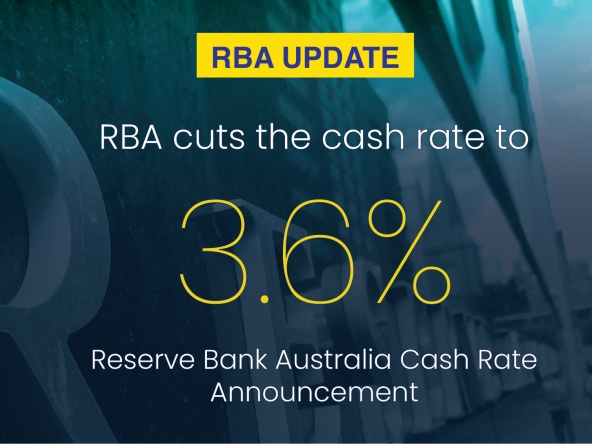
It is important to note that future interest rate rises by the Reserve Bank of Australia could potentially calm the current market exuberance. The rise in house prices is not limited to Queensland, as property prices have increased in every capital city across the country.
Despite interest rate hikes, there is no evidence of significant distress among mortgage holders. Economists agree that while inflation remains high, interest rate increases have impacted economic activity, with consumer spending pulling back and the labor market weakening. However, wages growth has been moderate and does not overly concern the Reserve Bank. The recent cash rate increase did not deter the current home price rebound; instead, home prices have continued to rise, driven by rebounding net overseas migration and a tight rental market. Limited new stock and strong demand relative to supply havesupported home prices, offsetting the impact of interest rate rises.

Although there may be a need for additional interest rate rises to control inflation, the dent in confidence is expected to be minimal, and the housing market remains resilient. However, rising interest rates have impacted housing affordability, with the average mortgage costs increasing by 35% in a year.
There is a positive trend emerging as prices have started to slowly bounce back, with both coastal centers experiencing more than a 2% increase in the past three months.
The uncertainty in the market has made potential sellers reluctant to put their homes on the market, leading to an under-supply of properties. This, coupled with a sense of urgency among buyers, has created a more competitive purchasing situation



